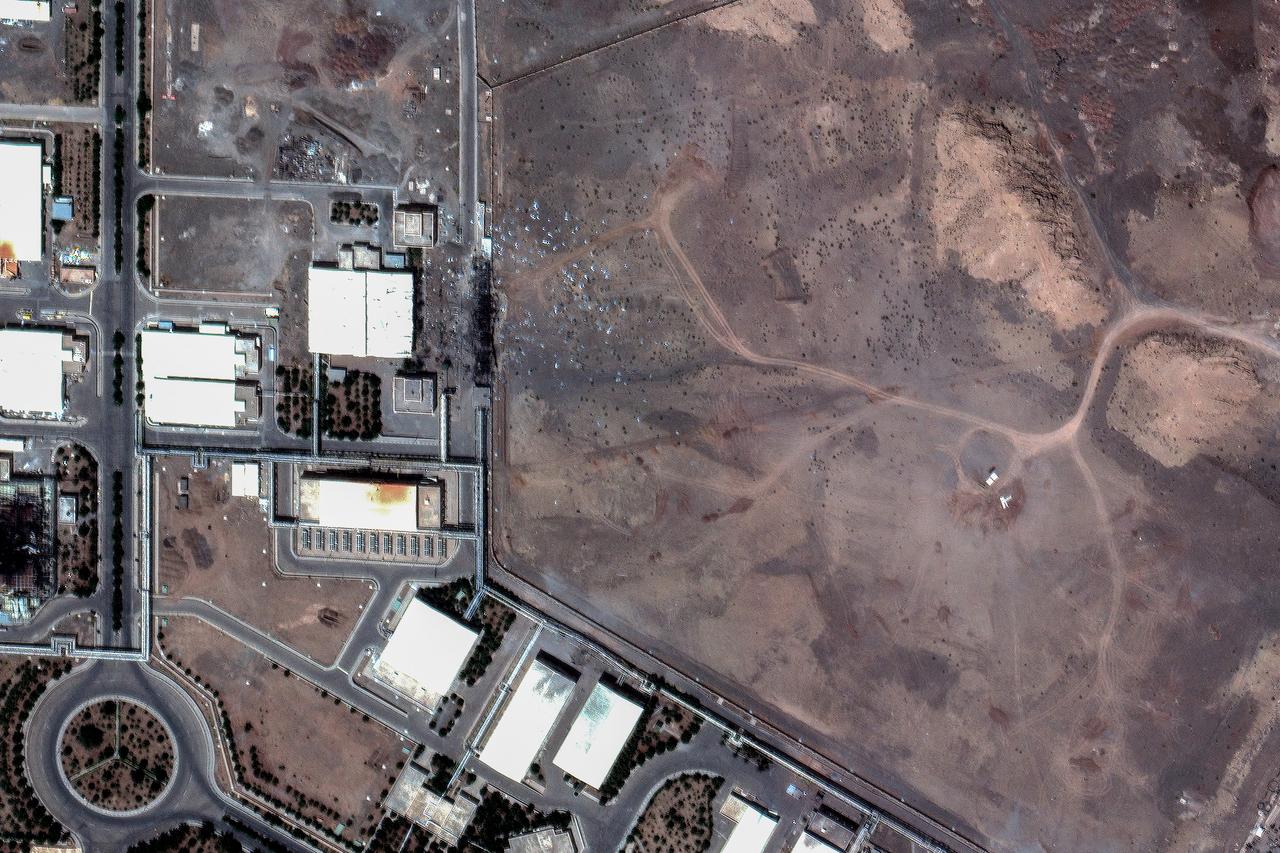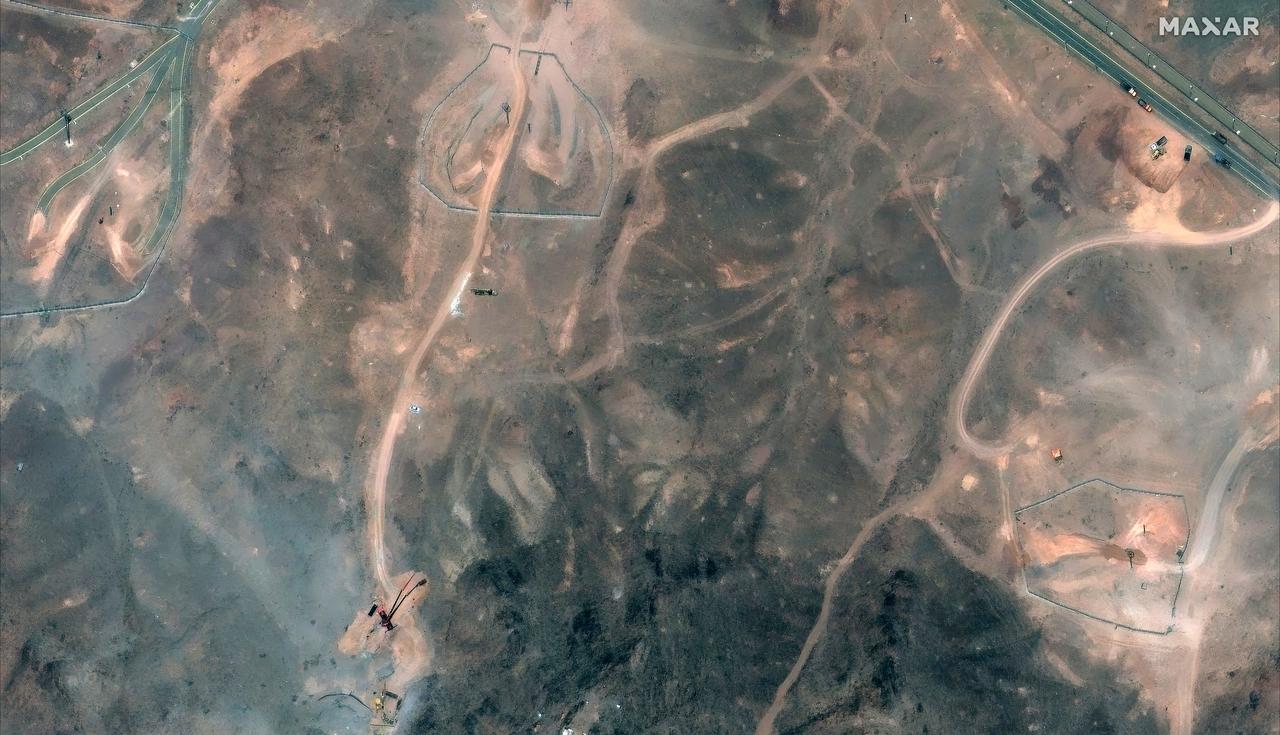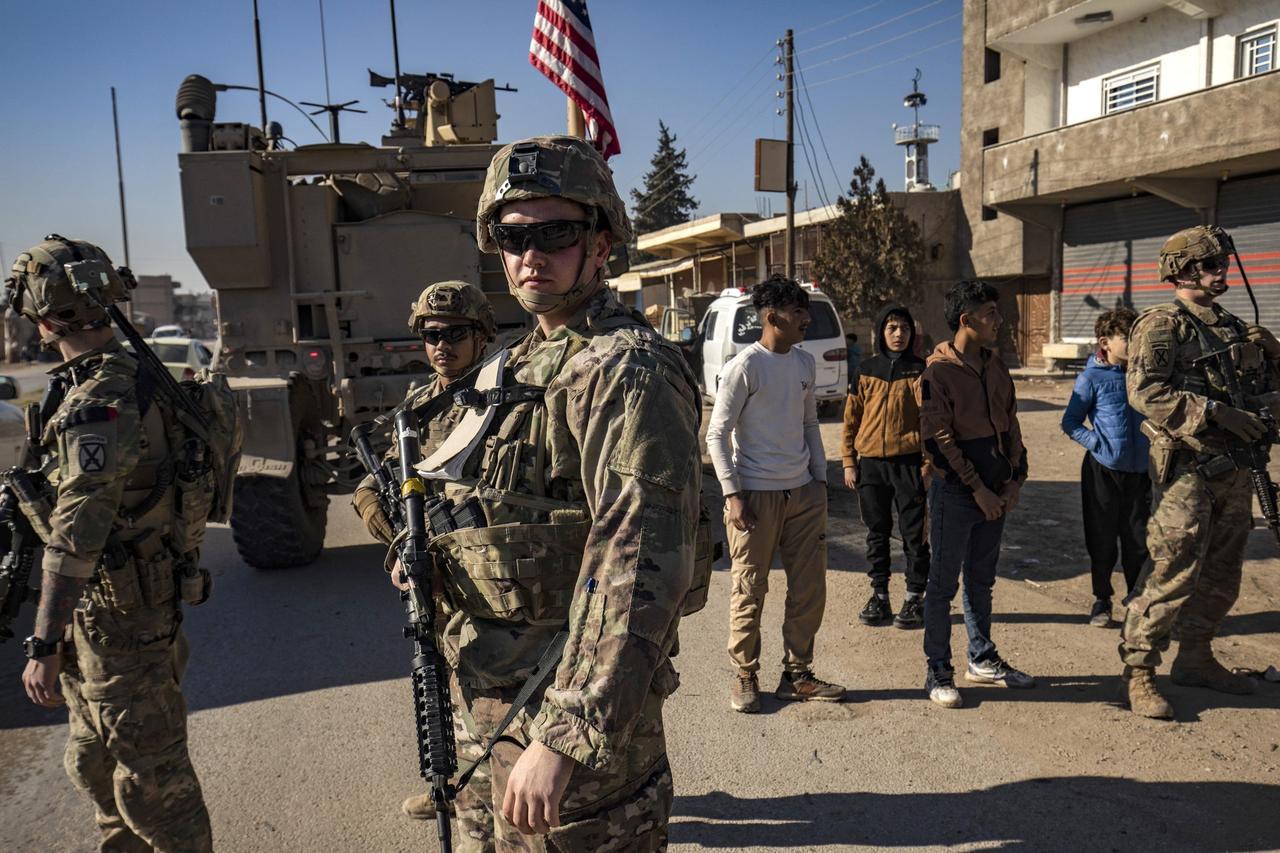
The recent U.S. airstrikes on Iran’s nuclear facilities have reportedly set back Tehran’s atomic program by up to two years, according to Pentagon intelligence assessments revealed on Wednesday.
Pentagon spokesman Sean Parnell stated that U.S. attacks on three key nuclear sites—Fordo, Natanz, and Isfahan—involved six bunker-buster bombs dropped on the Fordo facility on June 22, along with multiple submarine-launched cruise missile strikes targeting the other sites.

Parnell described the targeted locations as "completely obliterated" and suggested that the damage could have severely diminished both Iran’s nuclear capabilities and ambitions.
"We believe that Iran's nuclear capability has been severely degraded, perhaps even their ambition to build a bomb," said Parnell, adding that assessments are "ongoing."
U.S. airstrikes on Iran took place shortly after Israel launched airstrikes on Iranian military, nuclear, and civilian sites on June 13. The 12-day confrontation ended with a U.S.-backed cease-fire that became effective on June 24.
"We don't have any force posture updates at this time in the CENTCOM AOR (area of responsibility)," he added.
Asked if the U.S. has plans to continue to draw down its troop presence in Syria, Parnell said the U.S. still has about 1,500 troops in Syria.

At the same time, the U.N. Secretary-General Antonio Guterres’s spokesman expressed concern about Iran’s suspension of cooperation with the International Atomic Energy Agency (IAEA), describing the decision as "obviously concerning."
Iran officially suspended its cooperation with the U.N. nuclear watchdog on Wednesday, following Tehran’s parliament’s overwhelming vote to halt cooperation on June 25, a day after the ceasefire.
Iranian authorities justified this suspension as a measure to protect their rights under the nuclear Non-Proliferation Treaty (NPT), particularly regarding uranium enrichment. However, the United States described the decision as "unacceptable," with State Department spokeswoman Tammy Bruce urging Tehran to reconsider and seize what it called a "window of opportunity" to pursue peace and prosperity.
The 12-day conflict resulted in over 900 fatalities in Iran, including prominent military commanders and nuclear scientists, while Iranian retaliatory attacks caused 28 deaths in Israel. Iranian Foreign Minister Abbas Araghchi acknowledged serious damage to nuclear sites but maintained that scientific progress cannot be erased through bombings alone.
The exact status of Iran’s nuclear program remains uncertain due to the suspension of IAEA inspections. Iran’s ambassador to the U.N. confirmed that inspectors remain in the country and are safe, but their activities have been halted.